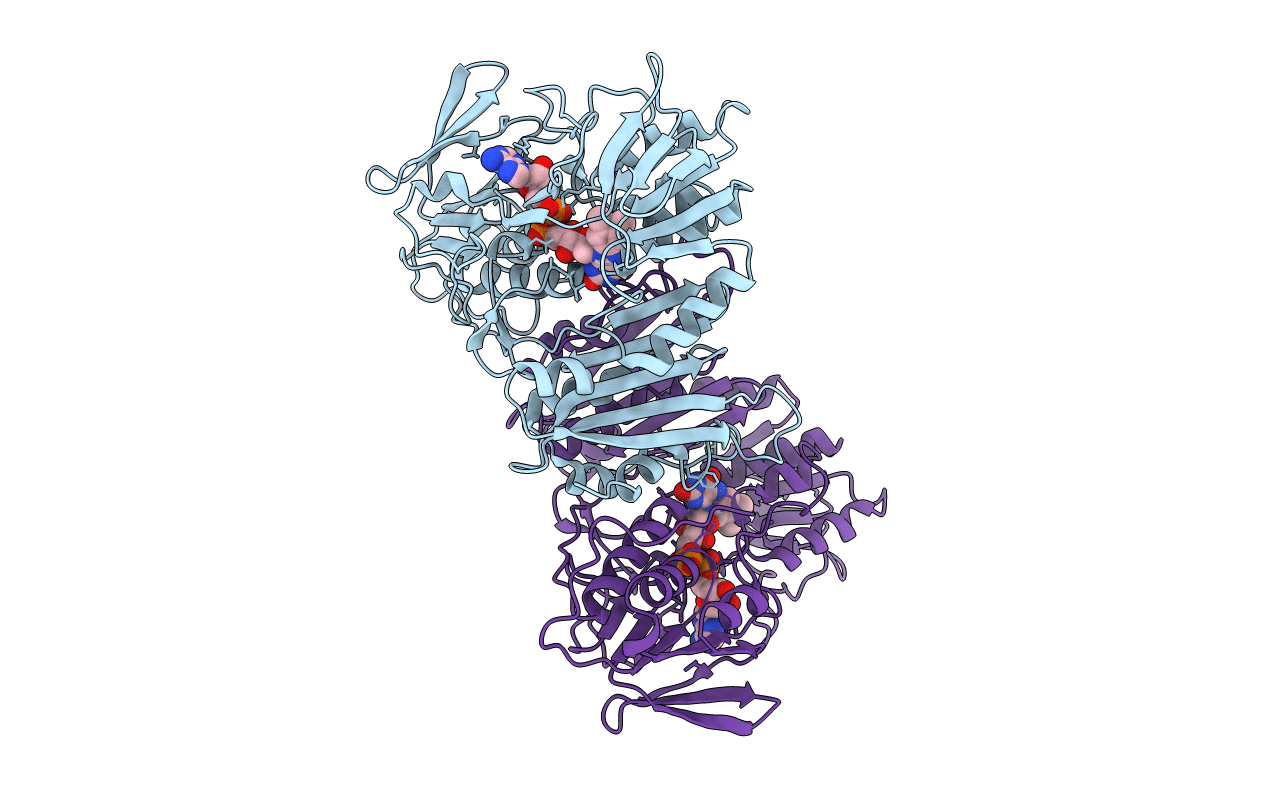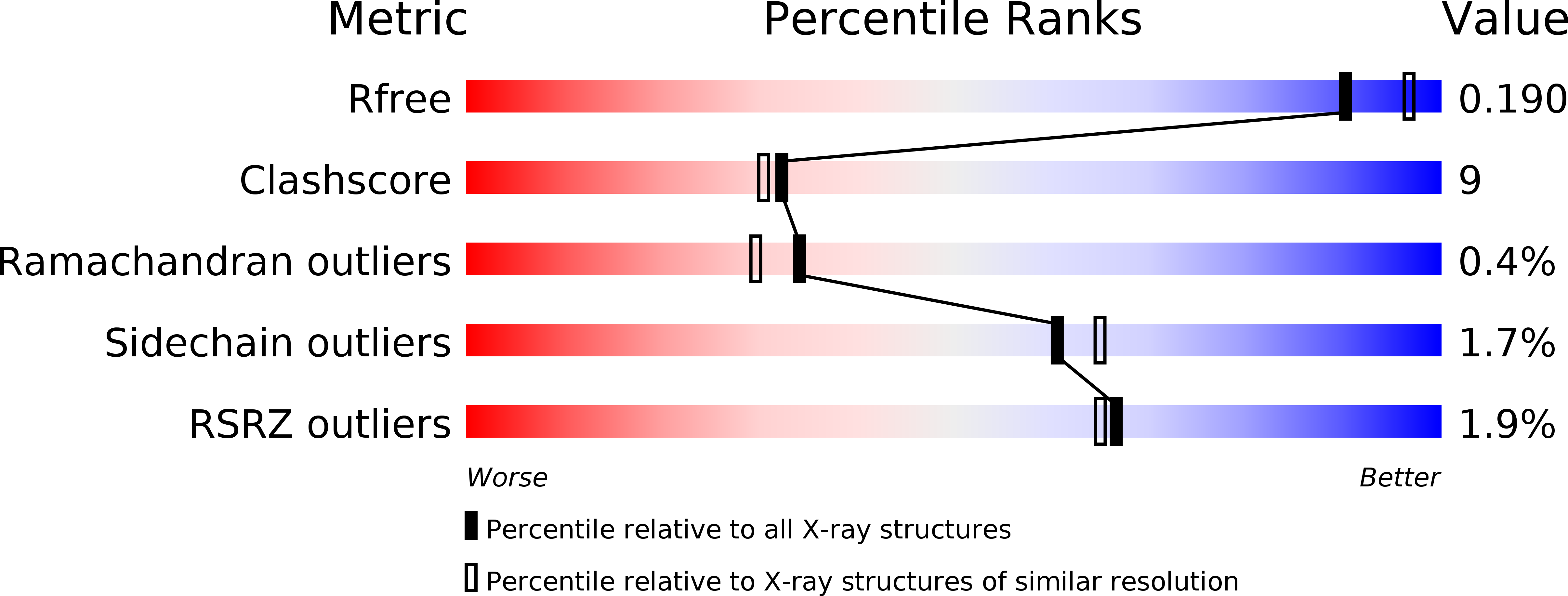
Deposition Date
2005-10-18
Release Date
2006-10-31
Last Version Date
2024-10-30
Entry Detail
PDB ID:
2BC0
Keywords:
Title:
Structural Analysis of Streptococcus pyogenes NADH oxidase: Wild-type Nox
Biological Source:
Source Organism:
Streptococcus pyogenes (Taxon ID: 1314)
Host Organism:
Method Details:
Experimental Method:
Resolution:
2.00 Å
R-Value Free:
0.23
R-Value Work:
0.19
R-Value Observed:
0.19
Space Group:
P 21 21 21


